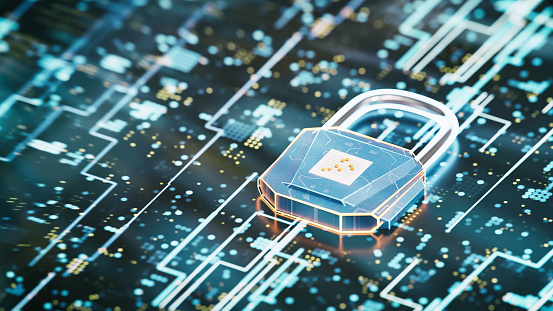Harvest Now, Decrypt Later

Why Quantum Threats Demand Action Today
When we think about cybersecurity threats, we usually imagine things happening in the moment—phishing scams, ransomware attacks, or high-profile data breaches making headlines. But there’s another threat quietly unfolding in the background. It’s subtle, slow-moving, and potentially far more damaging: “Harvest now, decrypt later.”
At first glance, it sounds like something out of a sci-fi novel. But it’s very real. The idea is this: attackers are actively collecting encrypted data today, knowing they can’t crack it yet, but betting that one day, thanks to advances in quantum computing, they will.
And that changes the game entirely.
Enter Quantum Computing
Quantum computers aren’t just faster versions of the computers we use today—they’re something completely different. While regular computers work with bits that are either 0 or 1, quantum computers use qubits, which can be both at the same time. That strange but powerful concept is called superposition. And when you add in entanglement—where qubits can be linked in spooky, almost magical ways—you get machines that can solve insanely complex problems way faster than anything we have now.
So… what does that mean for encryption?
Well, let’s start with asymmetric encryption—things like RSA, ECC, and DSA. These rely on math problems that are really hard for today’s computers to solve (like factoring huge prime numbers). But quantum computers? They can tear through those problems using something called Shor’s Algorithm. What used to take centuries could be cracked in a matter of hours.
Now, symmetric encryption (like AES) is a bit safer, but still not totally in the clear. Quantum computers can use Grover’s Algorithm to weaken them too—basically cutting the strength of the key in half. That means AES-256 would offer about the same protection as AES-128 in a quantum-powered world.
Why Quantum Threats Matter Now
Some data—like health records, patents, or classified files—needs to stay private for decades. The scary part? Hackers can steal encrypted data today, store it, and wait for quantum computers to crack it tomorrow. You won’t know it’s happened until it’s too late.
How to Prepare Without Panicking?
Know What You’re Protecting
List your sensitive data and how long it needs to stay secure. Longer shelf life = higher risk.
- Follow Post-Quantum Cryptography (PQC)- NIST is close to finalizing quantum-safe encryption. Keep an eye on standards like CRYSTALS-Kyber.
- Design for Change (Crypto-Agility)- Build systems that can easily swap encryption algorithms when new ones arrive.
- Use Hybrid Encryption- Combine today’s methods with quantum-safe options to stay one step ahead.
- Secure Old Data- Re-encrypt anything that must stay safe long-term—or at least plan for it.
- Train Your Team- This is new for many. Invest in awareness so you’re ready, not scrambling.
Conclusion
We don’t know exactly when quantum computers will be ready to break encryption—but we do know they’re coming. And when they arrive, they won’t just affect future data—they’ll expose the past.
“Harvest now, decrypt later” is a real and growing threat. The actions we take today will determine whether our most sensitive data is still safe tomorrow.